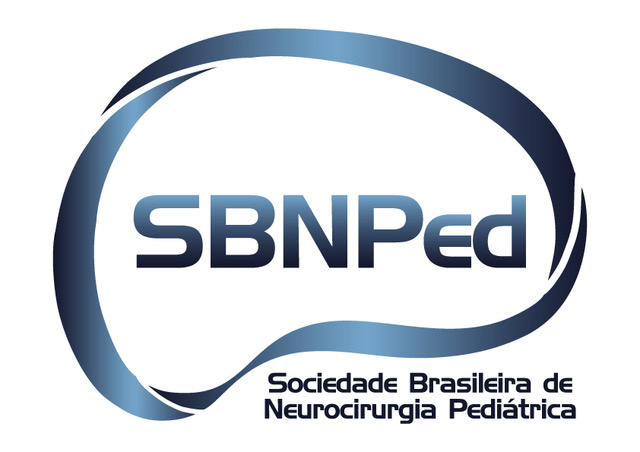Right Peri-insular Hemispherotomy: 2-dimensional operative video
DOI:
https://doi.org/10.46900/apn.v4i2(May-August).137Keywords:
encephalitis, epilepsy, hemispherotomy, hemispherectomyAbstract
This is a surgical technique video of a right peri-insular hemispherotomy in a child with Rasmussen’s encephalitis. The patient is a 5-year-old boy with focal onset impaired awareness seizures started 6 months before surgery, developing different subtypes of focal seizures and evolving to drug-resistant epilepsy. In neurological examination, he already had a left-sided hemiparesis with pyramidal signs. Magnetic resonance imaging showed right-sided cortical atrophy and fronto-insular subcortical hyperintensity signal areas. The preoperative electroencephalogram revealed frequent right-sided central mid temporal spikes. The history and complementary exams raised a hypothesis of Rasmussen’s encephalitis, a rare neurological condition, characterized by unilateral chronic inflammation of the cerebral cortex, causing drug-resistant epilepsy, and evolving to progressive neurological decline1. The hemispherotomy is an effective procedure aimed to isolate the entire hemisphere functionally with minimal removal of brain tissue, and remains the only cure for seizures caused by Rasmussen’s encephalitis2,3. Long-term seizure freedom may be achieved in around 80% of patients and improves quality of life4. It’s already accepted that briefer duration of epilepsy preceding the surgery is associated to better adaptive functioning postoperatively due to the high neuroplasticity of young patients4. Three years after surgery, the patient remains seizure free, walking without help.
Downloads
References
Varadkar S, Bien CG, Kruse CA, et al. Rasmussen’s encephalitis: Clinical features, pathobiology, and treatment advances. Lancet Neurol [Internet] 2014;13(2):195–205.
Hung TW, Rhoton AL, Marino R. Anatomical landmarks for hemispherotomy and their clinical application. J Neurosurg 2004;101(5):747–55.
Villemure JG, Mascott DR. Peri-insular hemispherotomy: surgical principles and anatomy surgical anatomy. Neurosurgery 1995;37; 975-981.
Santos MV, Teixeira TL, Ioriatti ES, Thome U, Hamad AP de A, Machado HR. Risk factors and results of hemispherotomy reoperations in children. Neurosurg Focus 2020;48(4):1–8.

Downloads
Published
How to Cite
Issue
Section
Categories
License
Copyright (c) 2022 Cleiton Formentin, Andrei Fernandes Joaquim, Helder Tedeschi, Enrico Ghizoni

This work is licensed under a Creative Commons Attribution 4.0 International License.

When publishing in Archives of Pediatric Neurosurgery journal, authors retain the copyright of their article and agree to license their work using a Creative Commons Attribution 4.0 International Public License (CC BY 4.0), thereby accepting the terms and conditions of this license (https://creativecommons.org/licenses/by/4.0/legalcode).
The CC BY 4.0 license terms applies to both readers and the publisher and allows them to: share (copy and redistribute in any medium or format) and adapt (remix, transform, and build upon) the article for any purpose, even commercially, provided that appropriate credit is given to the authors and the journal in which the article was published.
Authors grant Archives of Pediatric Neurosurgery the right to first publish the article and identify itself as the original publisher. Under the terms of the CC BY 4.0 license, authors allow the journal to distribute the article in third party databases, as long as its original authors and citation details are identified.


























